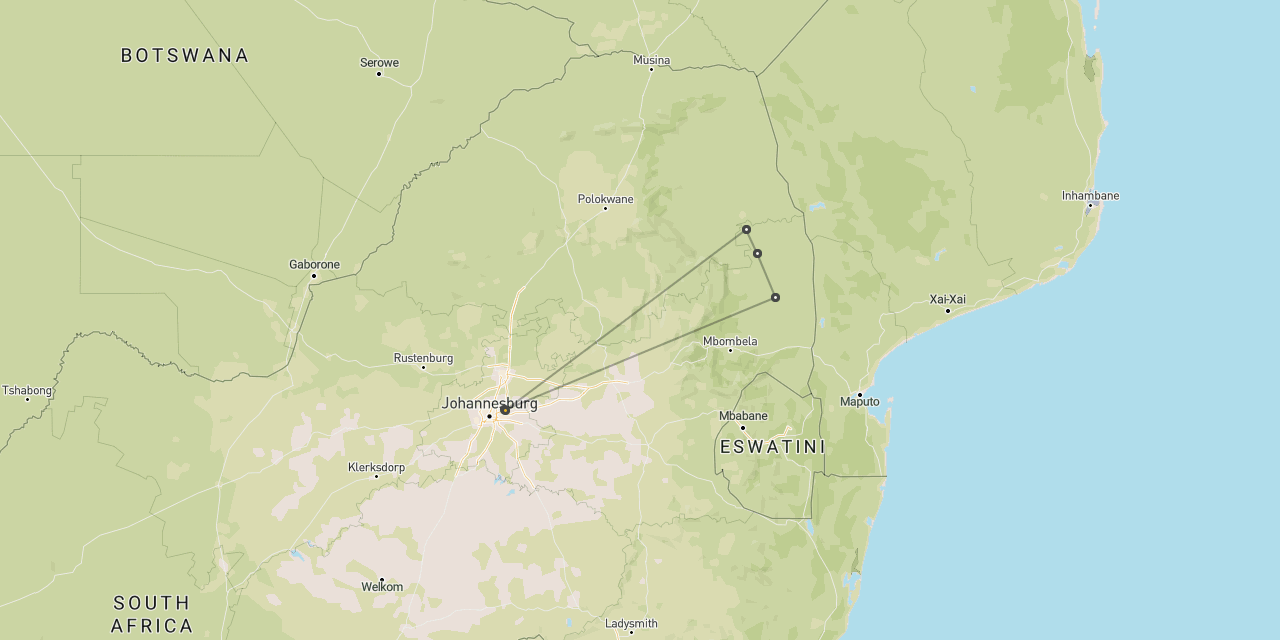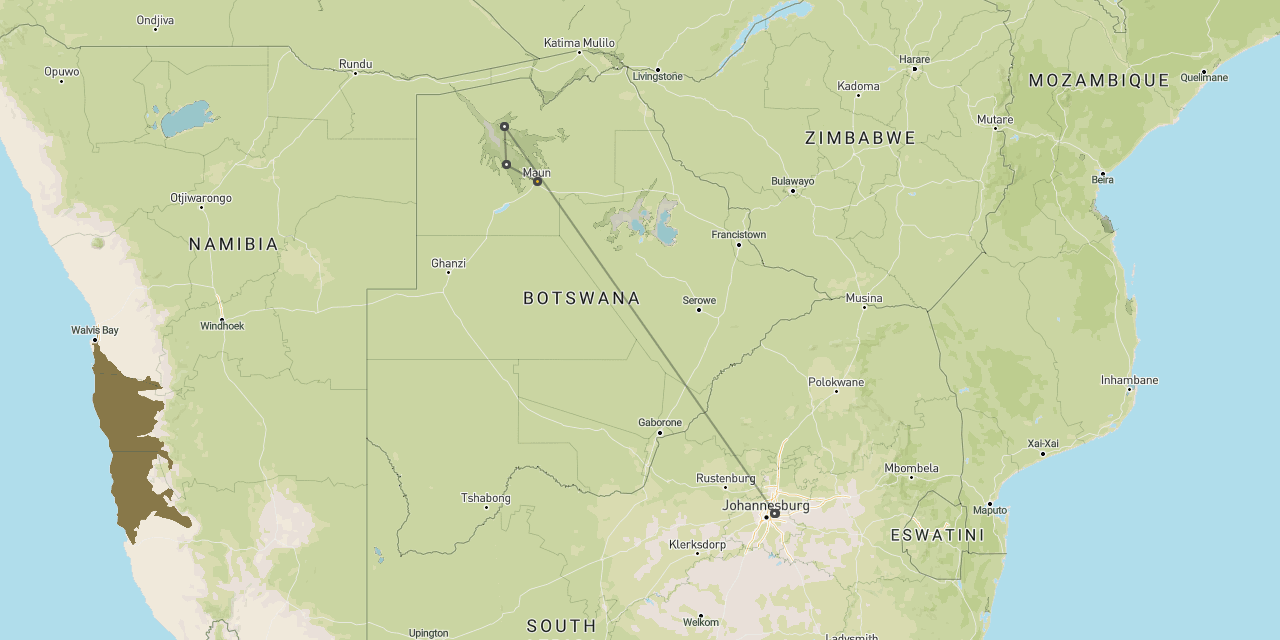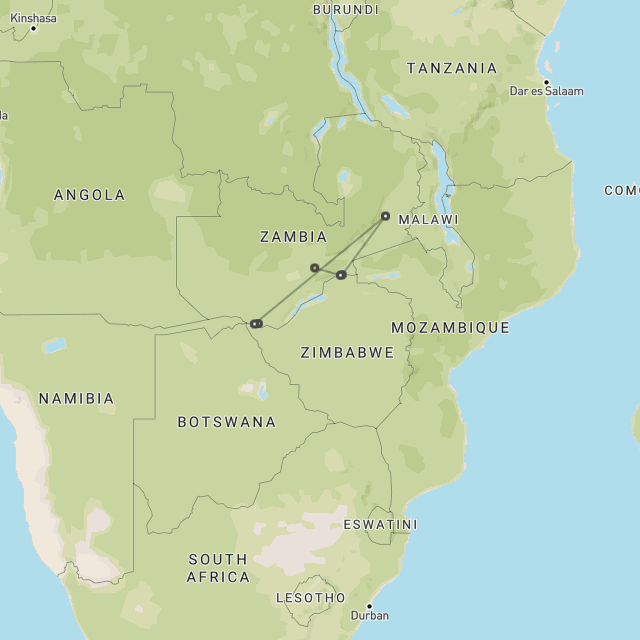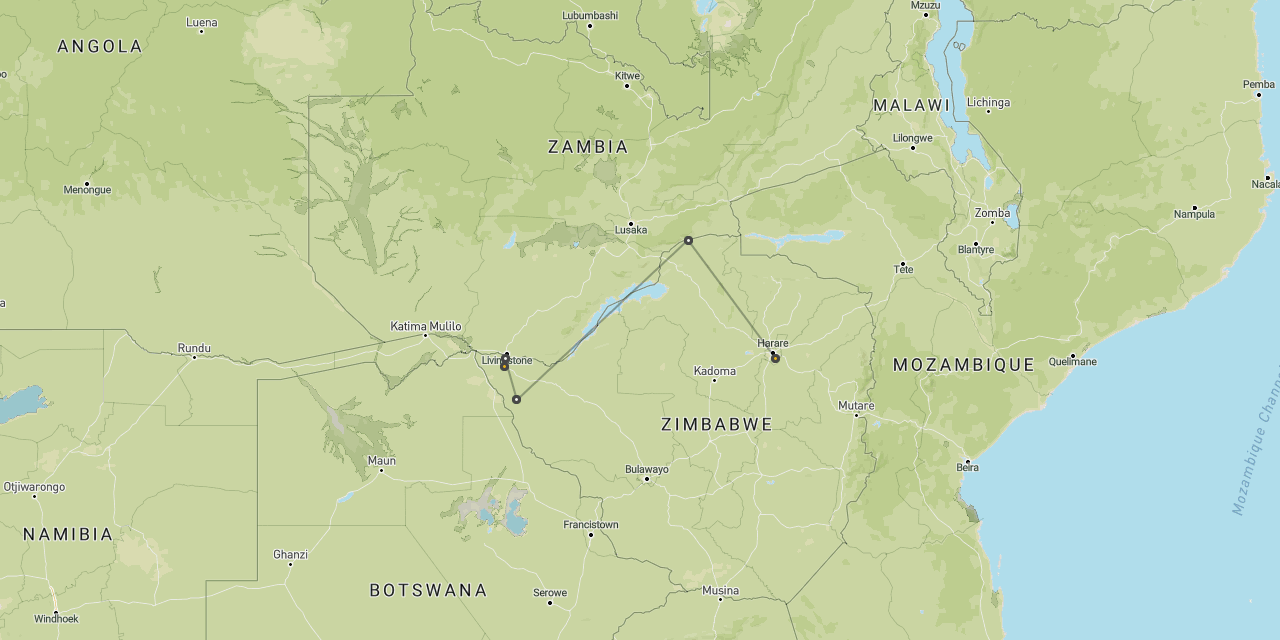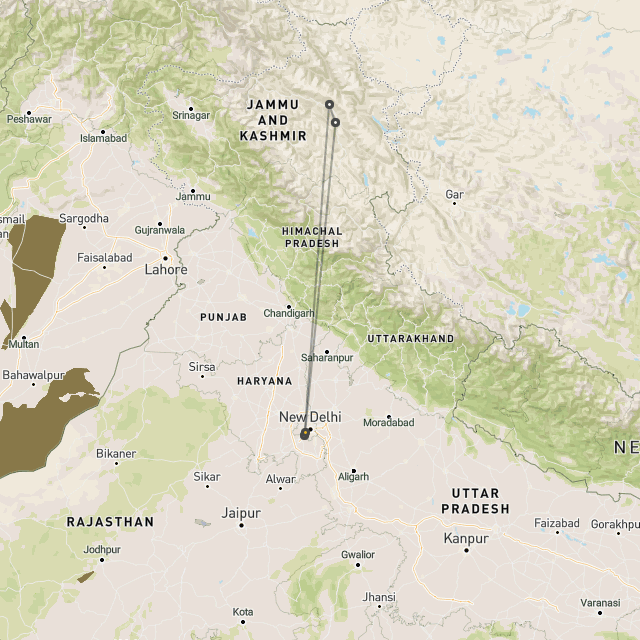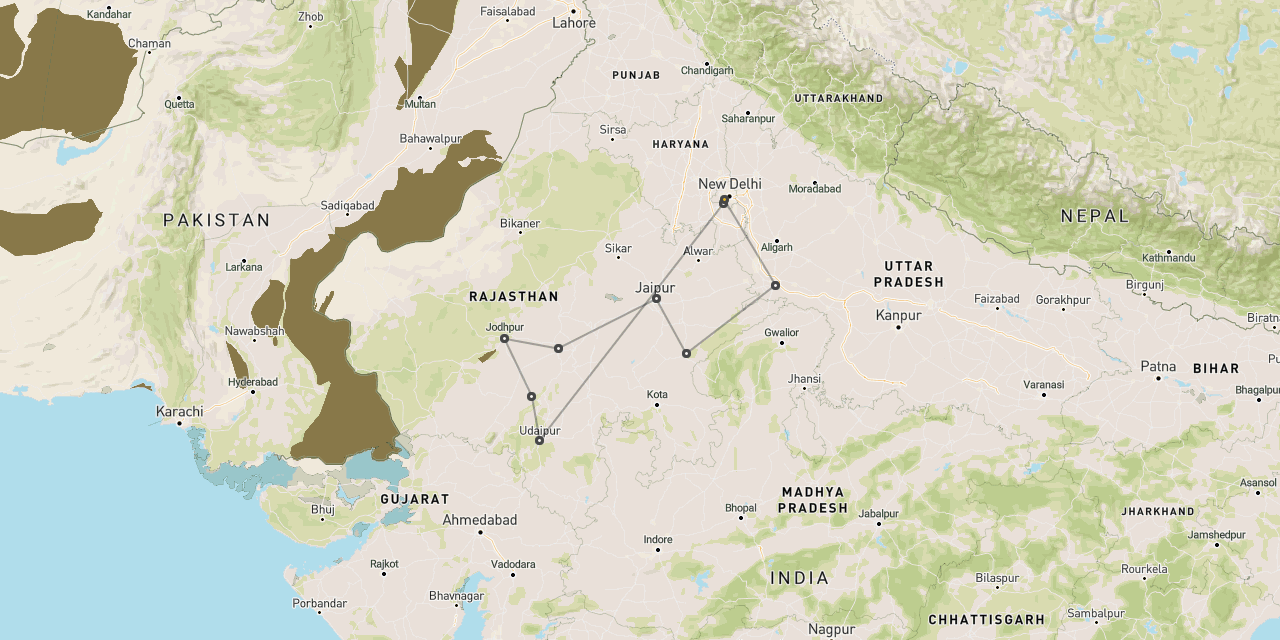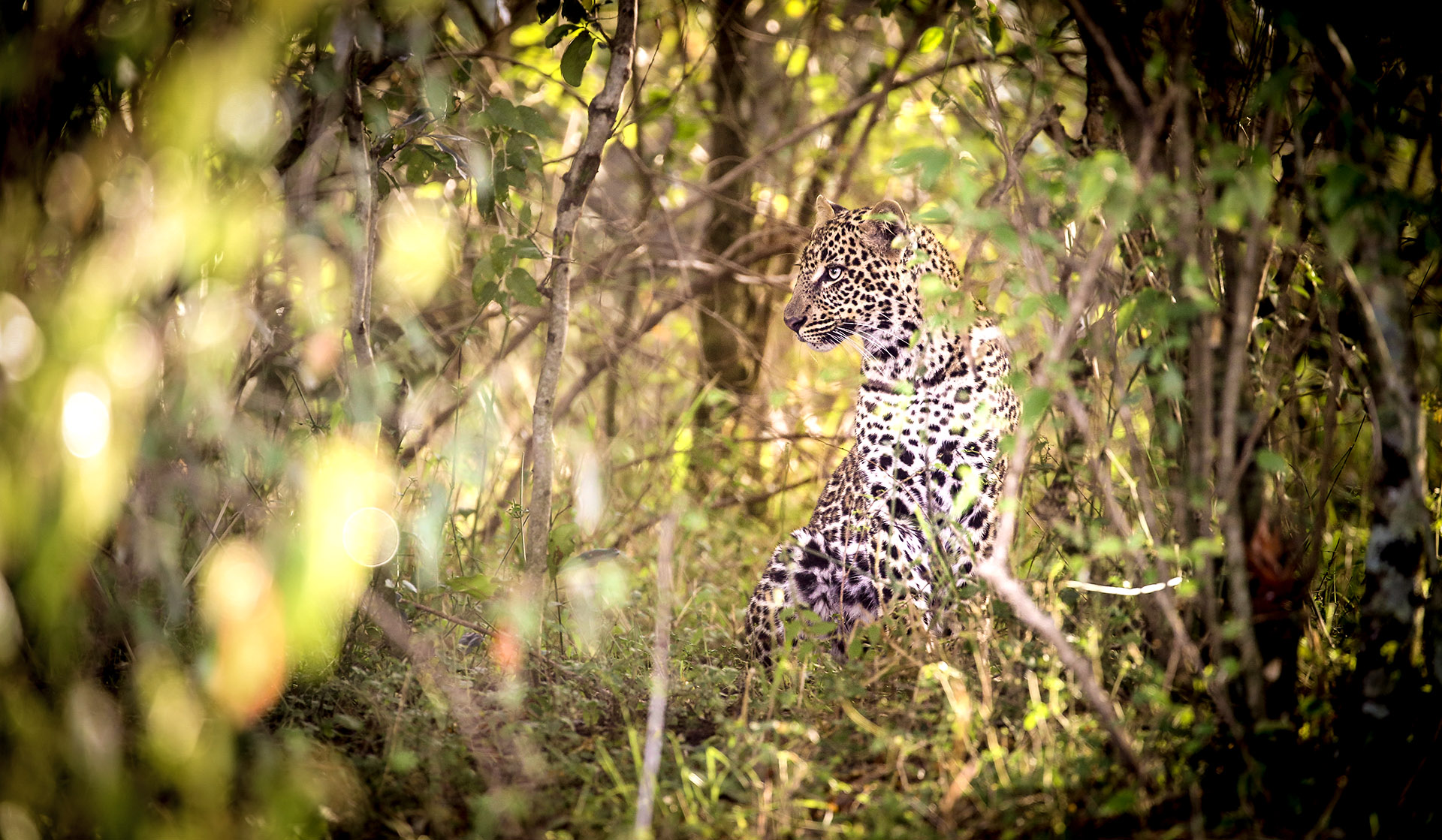
Leopard safaris
Leopards
are surprisingly widespread,
but famously elusive
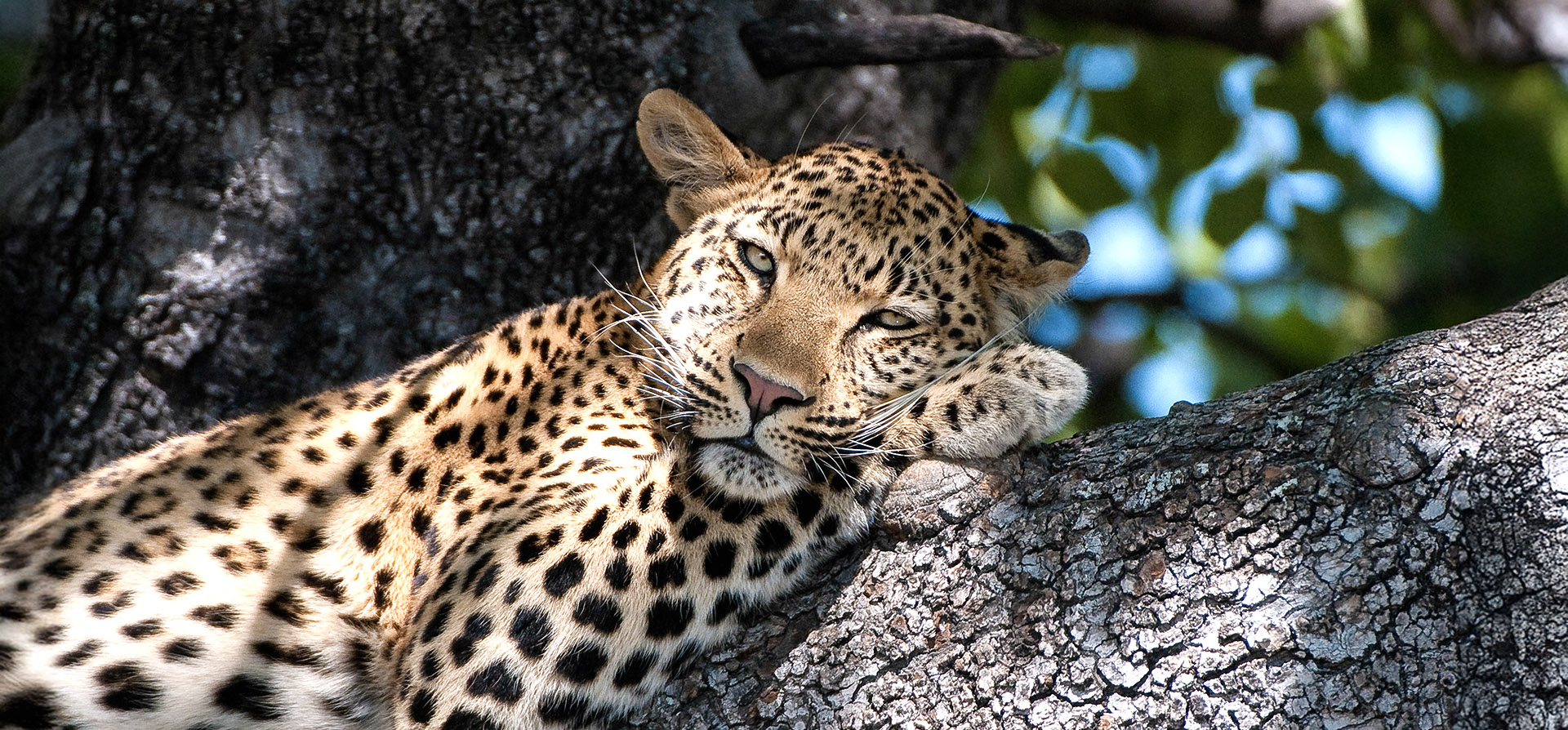
look out for specialist leopard camps
Leopards are the fifth largest cats in the world, after tigers, lions, jaguars and pumas.
But leopards are arguably the world’s most successful big cat, with a range that covers the majority of Africa, Arabia, India and Southeast Asia.
Despite their large range, leopards are one of the most elusive of large mammals and there are very few locations that are able to deliver really regular sightings.
In order for a camp to earn a reputation for good leopard sightings, it usually needs to be able to conduct night vehicle safari. Unfortunately, this is not possible in many areas.
The second characteristic that a camp needs is first class guiding. Finding leopards regularly is tough and requires both expert spotting and tracking skills, as well as an accumulated knowledge of the habits and territories of individual animals.
If you really want to see leopards, then you need to choose your lodges carefully. Of course we are always here to help.
There are several different subspecies of leopards. We will focus here on the ones that we most commonly encounter out on safari.
Frequently asked questions
African leopards are the most widespread variant, ranging throughout sub-Saharan Africa, as well as areas a few areas north of the great desert.
The best places to view leopards in Africa fall into two categories.
Firstly there are the places which experience high visitor traffic, such as the public access sectors of Maasai Mara, Serengeti and Kruger, where the cats have long since become habituated to the presence of vehicles and tend to be very relaxed.
The downside is that these cats can become surrounded by vehicles, making for very low quality sightings.
Secondly there are areas where high quality specialist camps are able to offer truly expert guiding in private or remote areas, usually including the capability to drive off-road and undertake serious night vehicle safari.
Top leopard areas include the Sabi Sand area of Kruger in South Africa, the Okavango Delta and Linyanti Waterfront areas of Botswana, the Ruaha area in the south of Tanzania and the private conservancy areas around the Maasai Mara in Kenya.
private safari areas with serious guiding
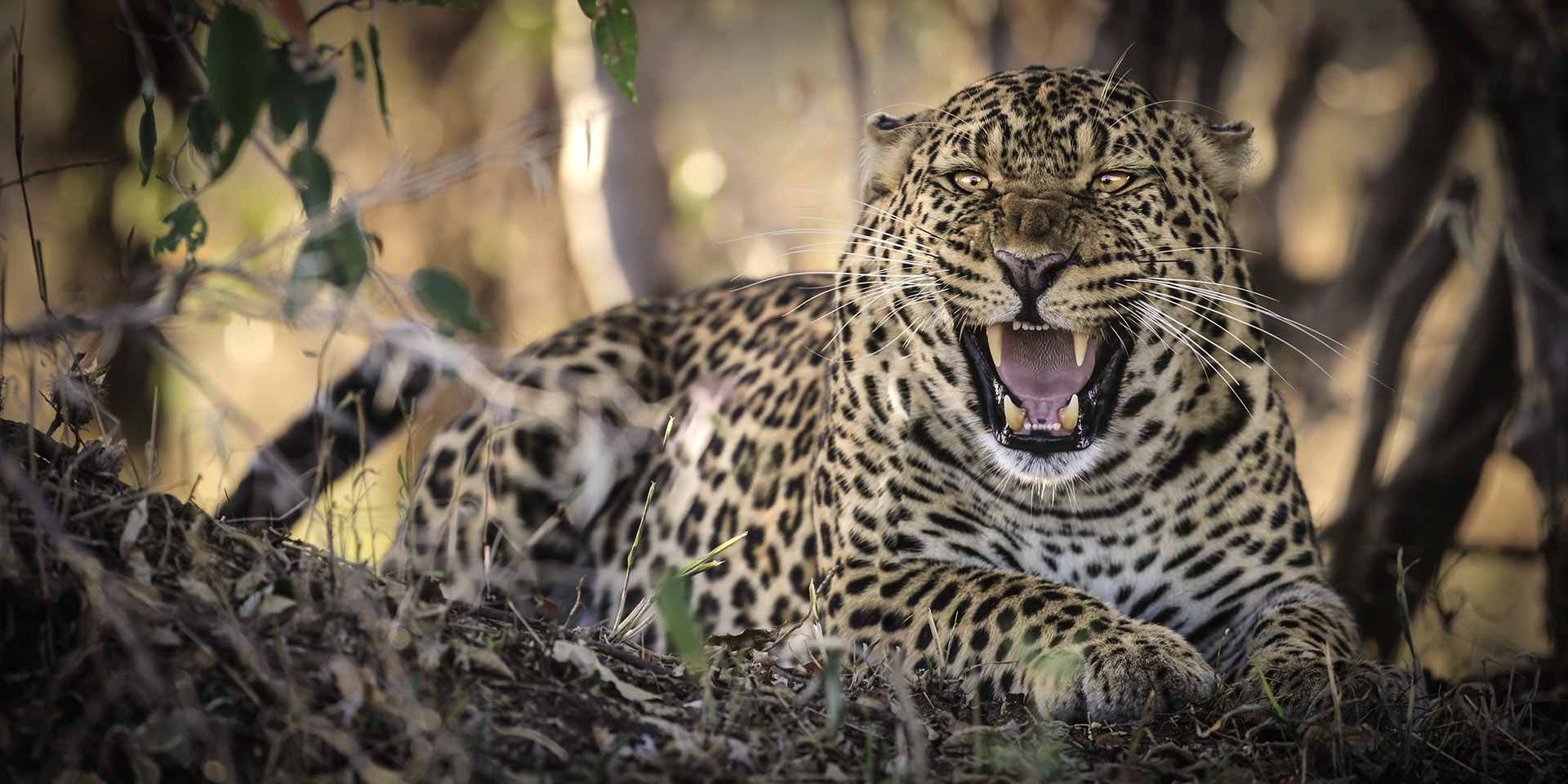
Despite the understandable obsession with tigers in most reserves in India, leopards are also widespread.
Unfortunately, the onerous restrictions that apply in almost all the national parks (limited routes, no off-road driving and no night safari) make it extremely difficult to generate reliable and high quality leopard sightings.
The one major exception is in the Jawai area of Rajasthan (a rural area in between the cities of Udaipur and Jodhpur), where the local people have always considered leopards to be sacred and have left them in peace. It’s a great pleasure to see these cats wandering unthreatened amongst the farmlands, rocky hillsides and remote temples.
sacred leopards in rural Rajasthan
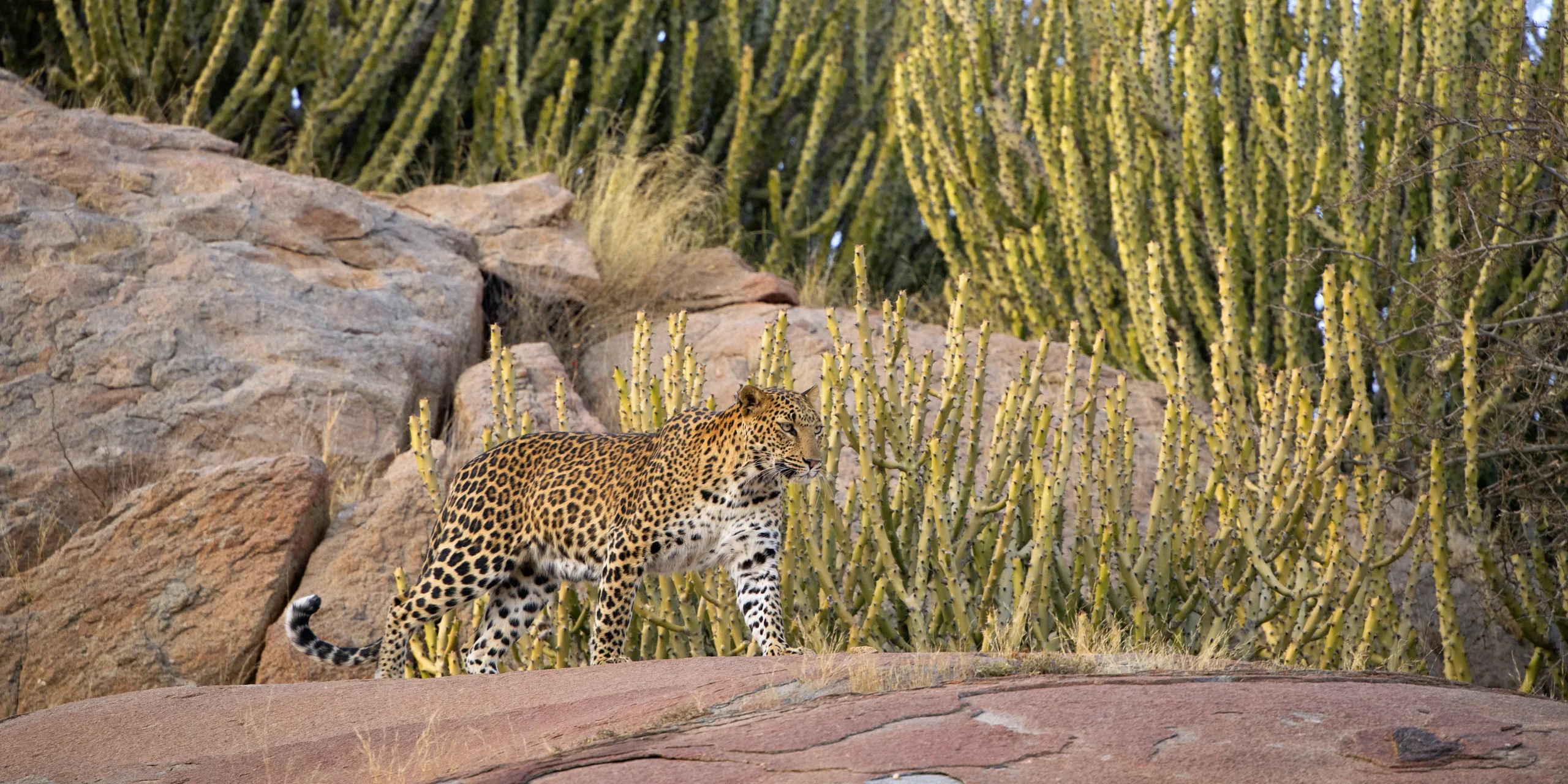
The absence of tigers in Sri Lanka has promoted leopards to the top of the bill. There is much more of a focus on these cats and a genuine attempt by some guides to really get to grips with the nuances of leopard tracking.
The best known reserve for leopards is Yala, in the southeast, but high vehicle traffic in this area makes careful safari planning essential (but eminently possible).
The other strong area is Wilpattu in the northwest, where visitor traffic is much lower, but the leopards are slightly more difficult to find.
a specific focus on leopards
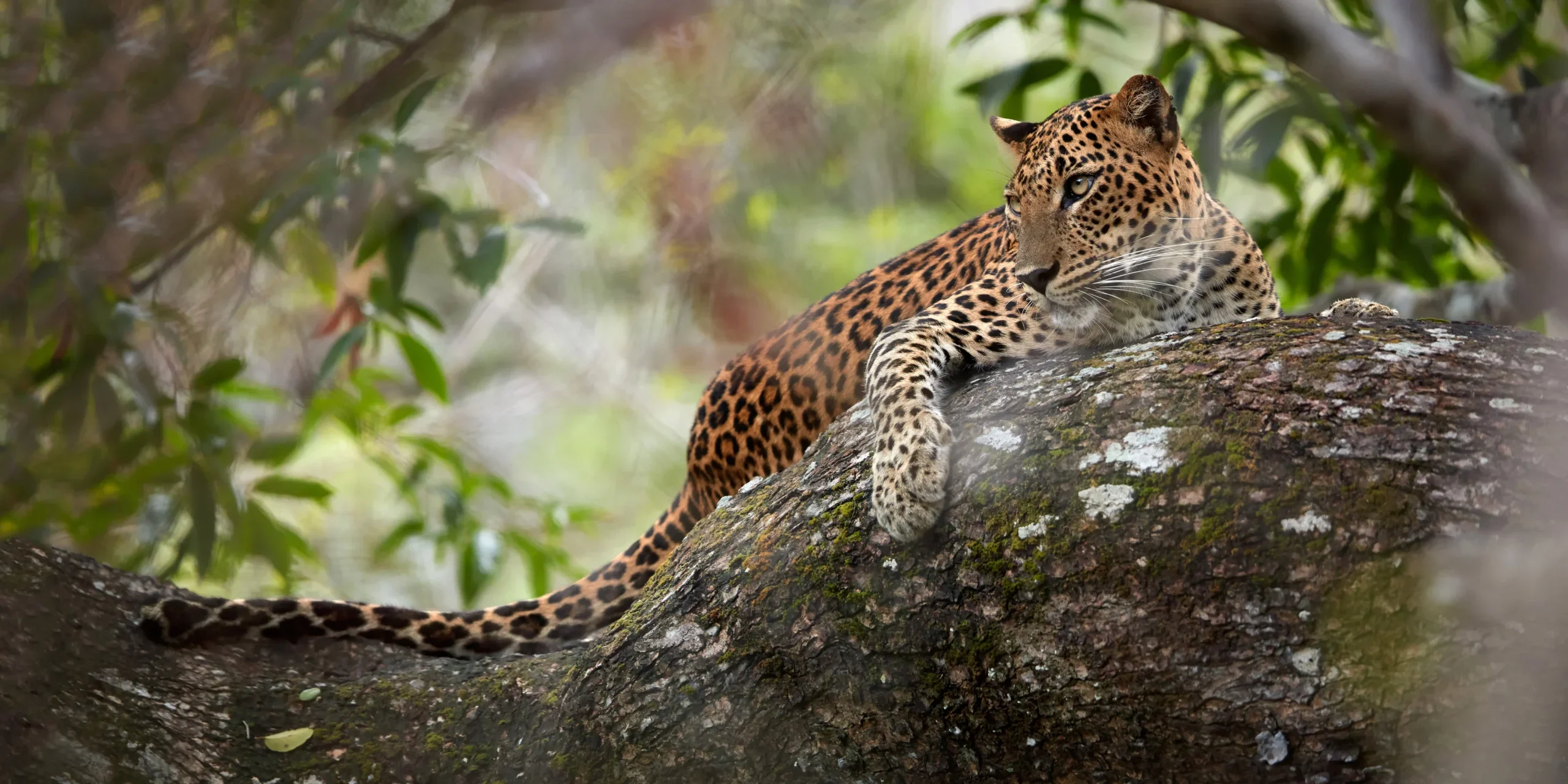
Snow leopards are actually a separate subspecies from all other leopards. But their general appearance and habits are similar.
Their range covers most of the Himalayas and extends north into Tibet, Mongolia, China, Uzbekistan and Kyrgyzstan.
However, these areas are so incredibly remote and inaccessible, that the leopards have the place to themselves.
The one place that snow leopards can be encountered with any predictability is in the fabulously remote Ladakh area of northeast India.
During the Nov-Mar winter months, the conditions at high altitudes are so severe that the cats are obliged to come to slightly lower altitudes, areas where they can theoretically be seen.
But this is not easy. Even with a team of half a dozen trackers out across the mountain slopes, encounters are rare and precious. You need to stay for at least 5-6 nights and positive sightings can range from 30 metres to 2 km.
This is a truly fabulous experience for serious travellers. You don’t even have to be that nutty about leopards.
an extraordinary wildlife experience
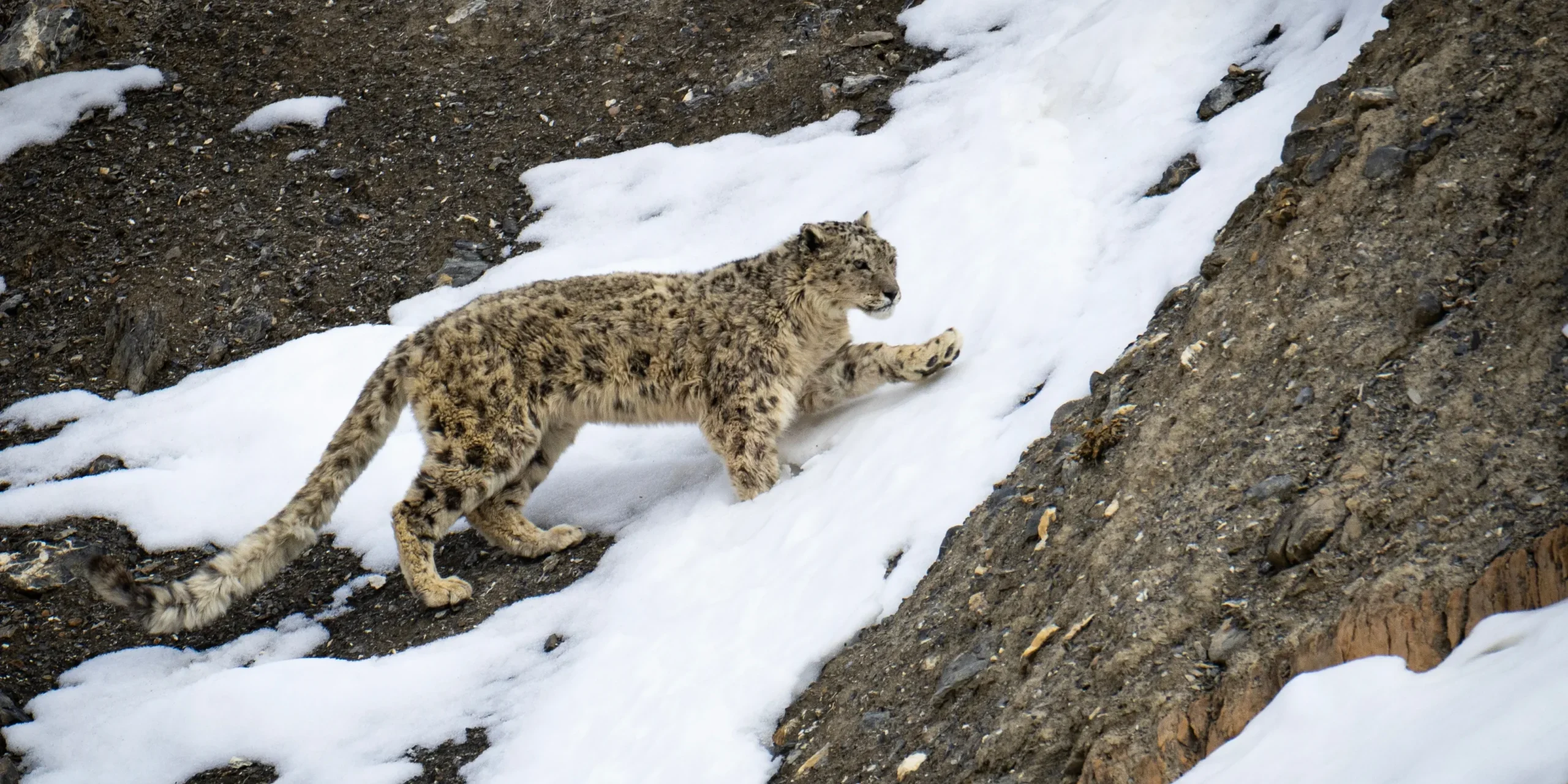
Black leopards or melanistic leopards (which are often incorrectly called black panthers) are the same species as regular leopards except that they simply have a recessive gene dictating their unusual colour.
Sightings have been recorded in many areas, but tend to be exceedingly rare.
Black leopards have historically been associated with the jungles of central Africa and have been reported on the slopes of Mount Kenya, the Salient sector of the nearby Aberdares Range, Laikipia and even down in the Maasai Mara.
Black leopards have also been reported and photographed in various locations around India, more so than in Africa, but they are ultimately also rare and sporadic.
The one major exception seems to be the Western Ghat mountains inland from Goa and Kerala, where black leopards are said to be quite common, but the area is desperately short on safari infrastructure and difficult to visit.
Black leopards have also been sighted in Sri Lanka, but again not with sufficient reliability to plan a trip around.
If you really want to see a black leopard, then the best thing to do is let us know, then we will tell you when we get reports from the field of positive sightings.
mysterious and elusive creatures
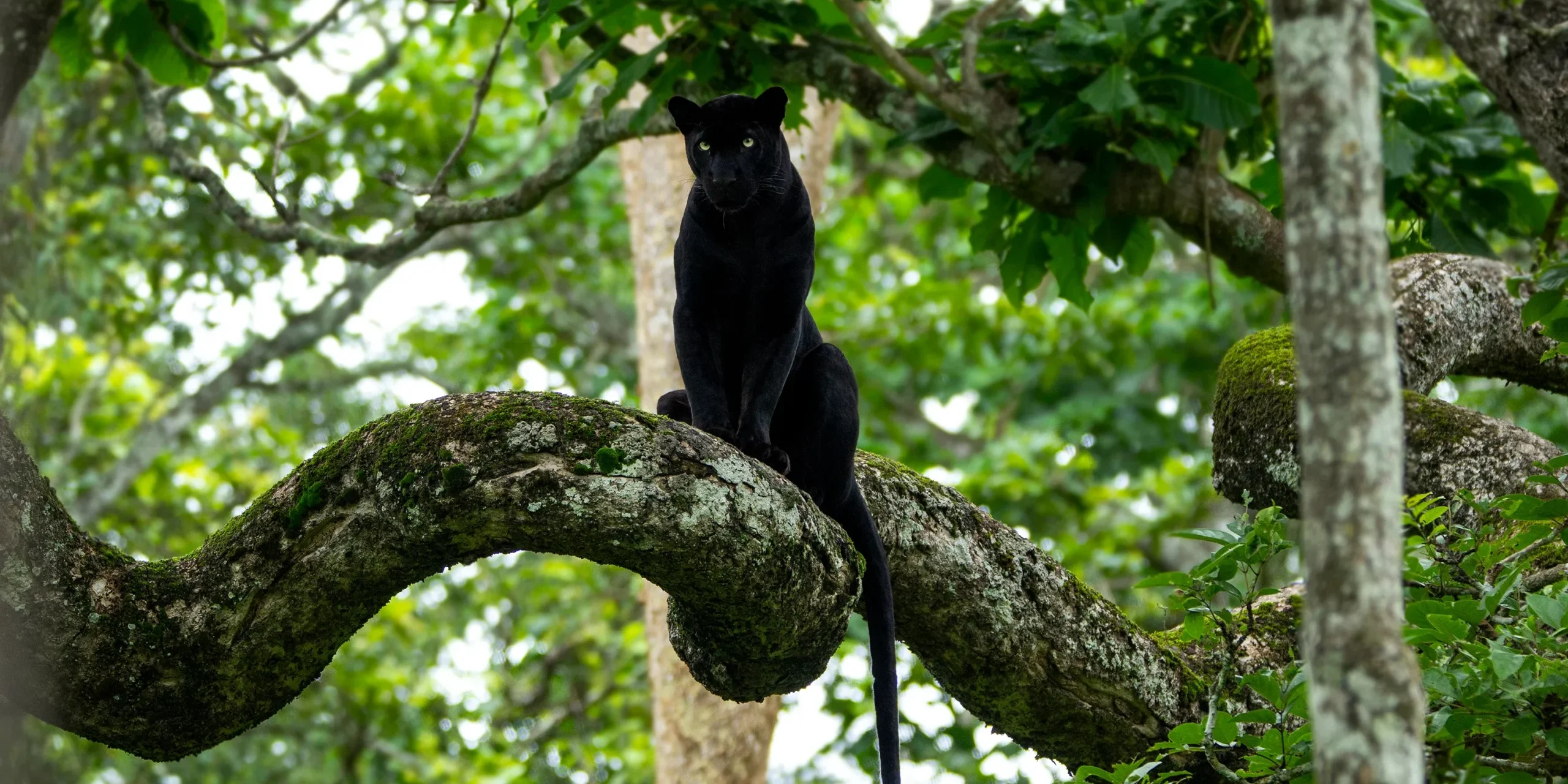
let us know about your specific interests
and we will help build an amazing safari
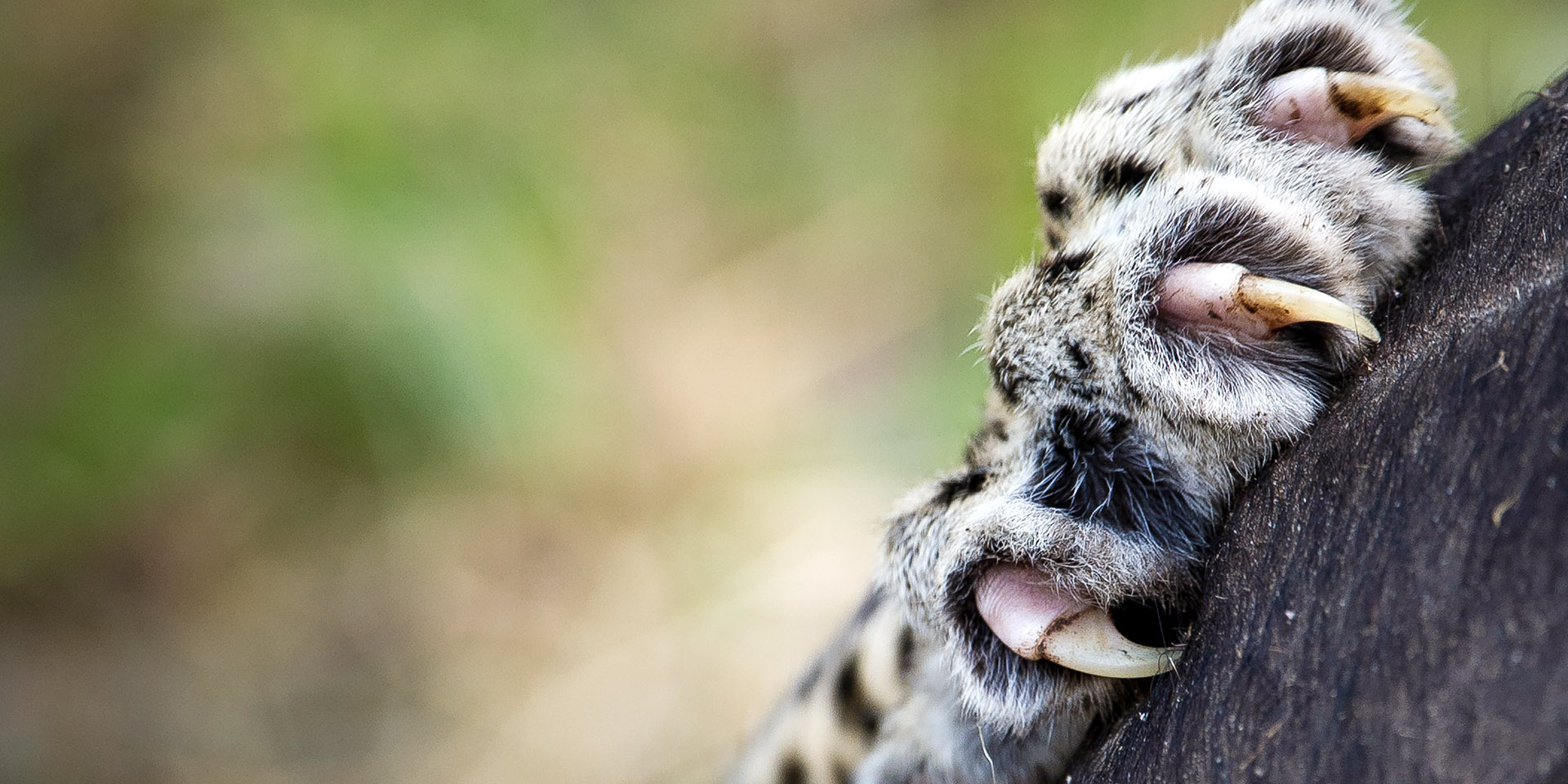
Extraordinary tailor-made adventures,
from earthy and edgy to easy and extravagant
From around USD 2500 per person, you set the ceiling
Sample Trips
Here are some of our popular trip shapes
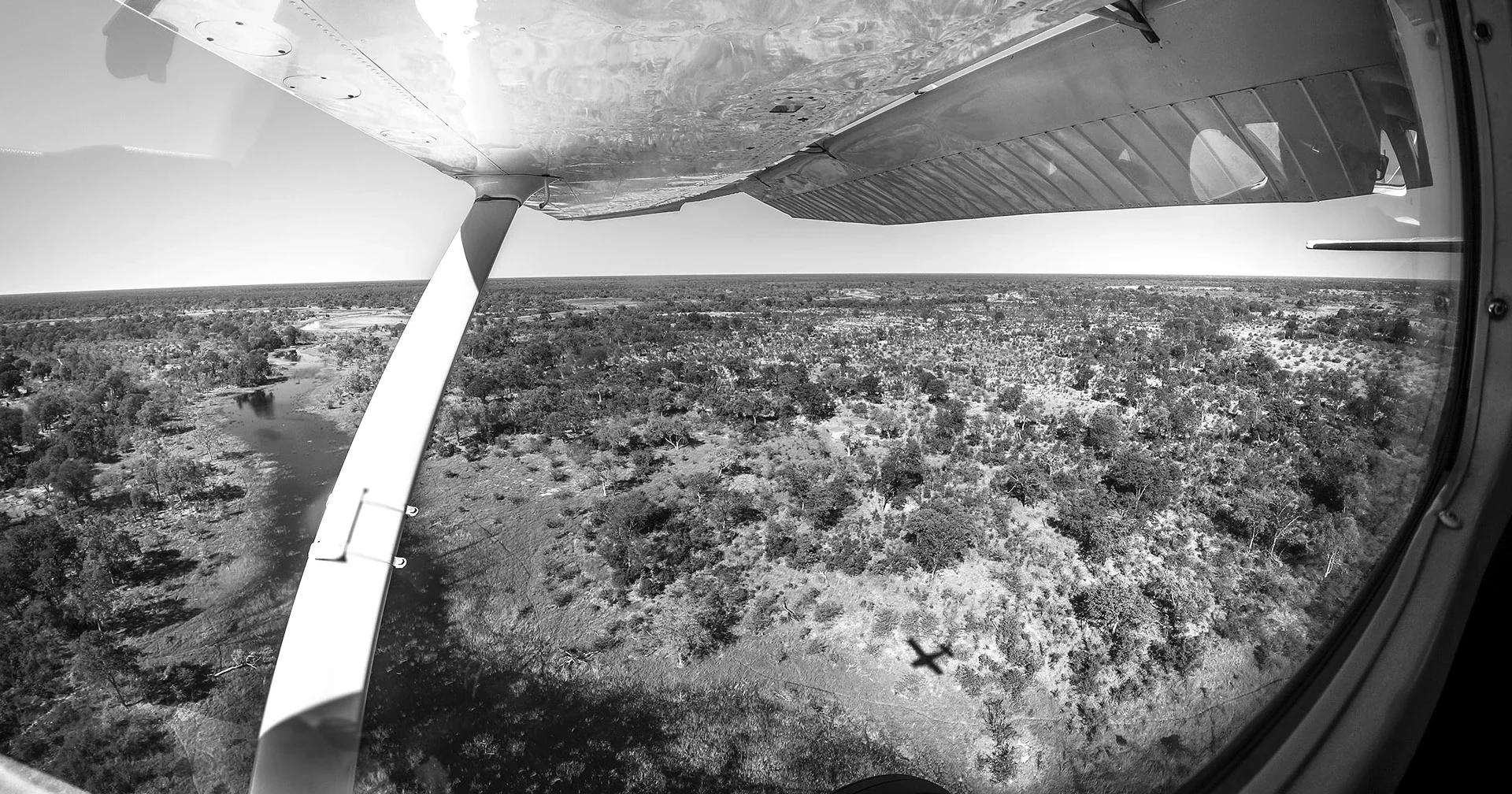
Get started on your trip
It’s never too soon to get in touch, we are here to help with every stage of your planning.
